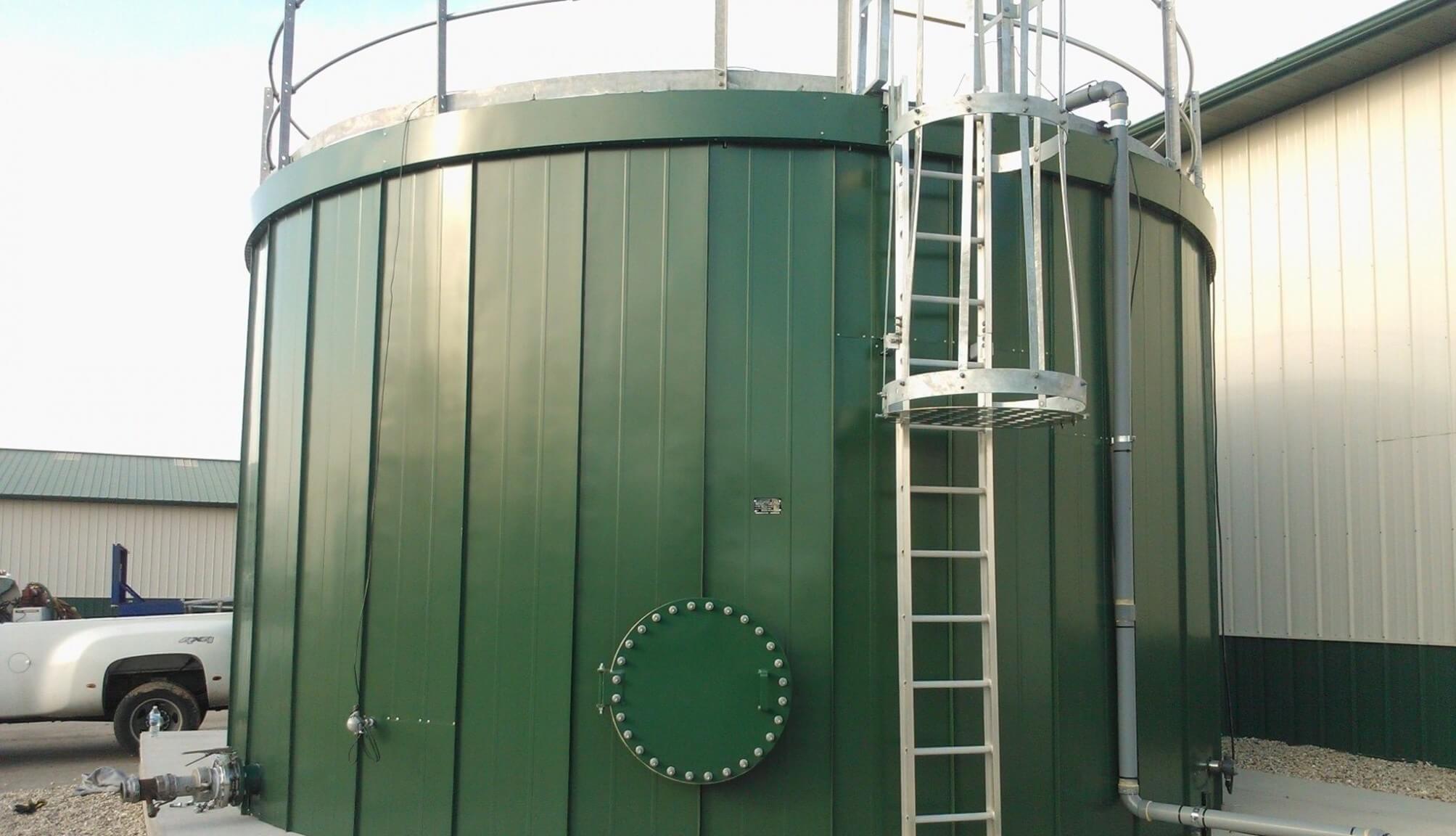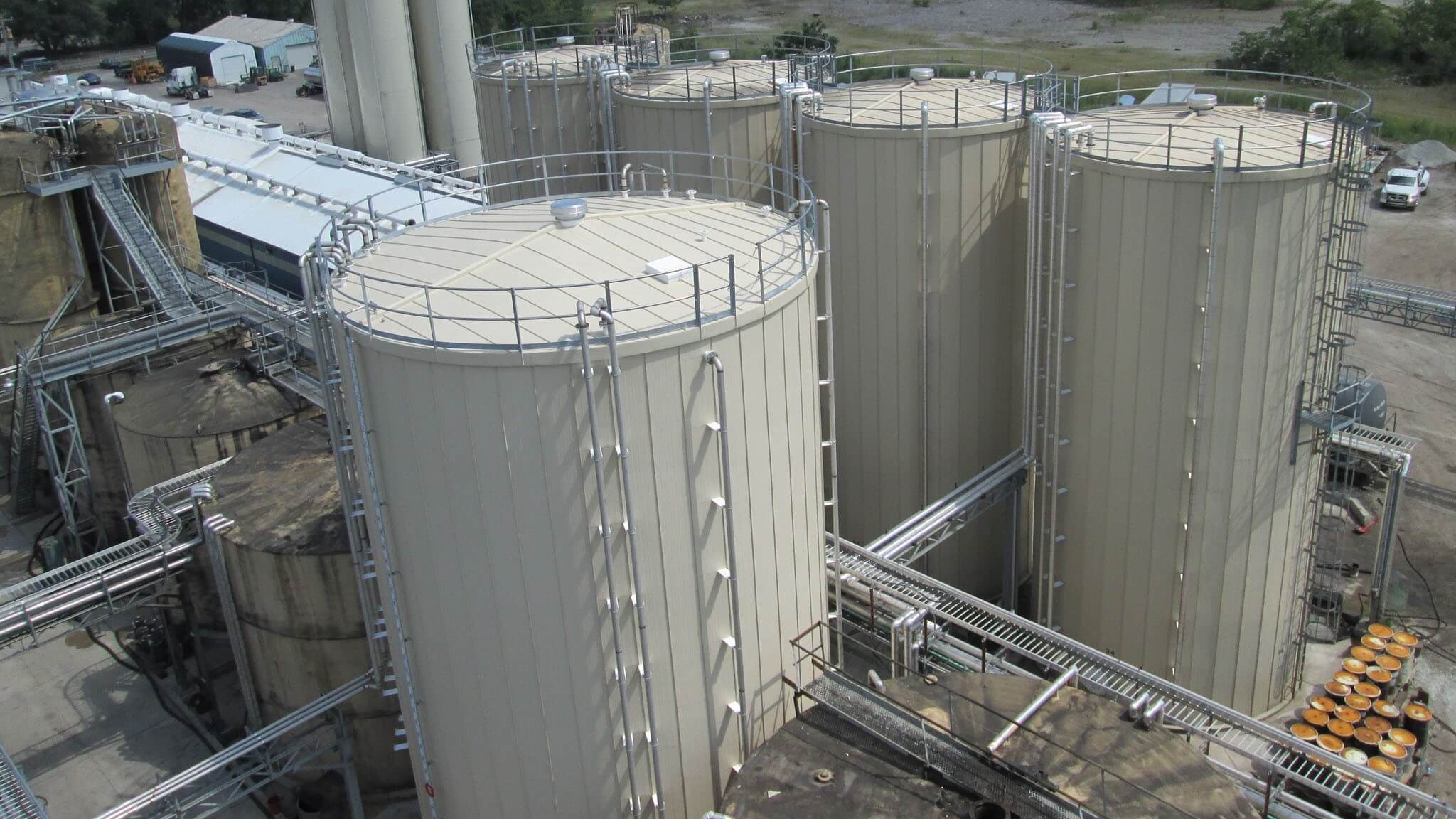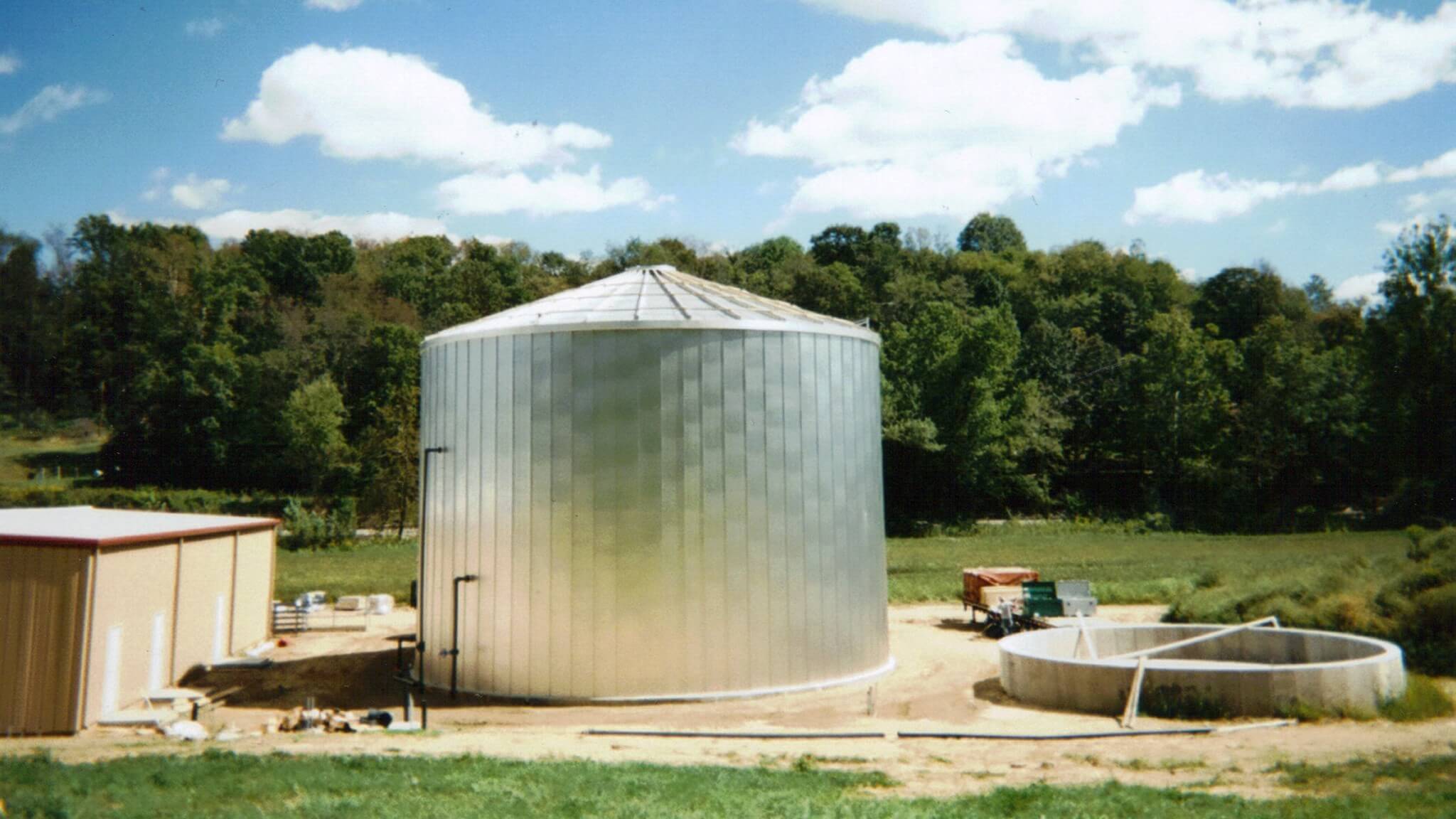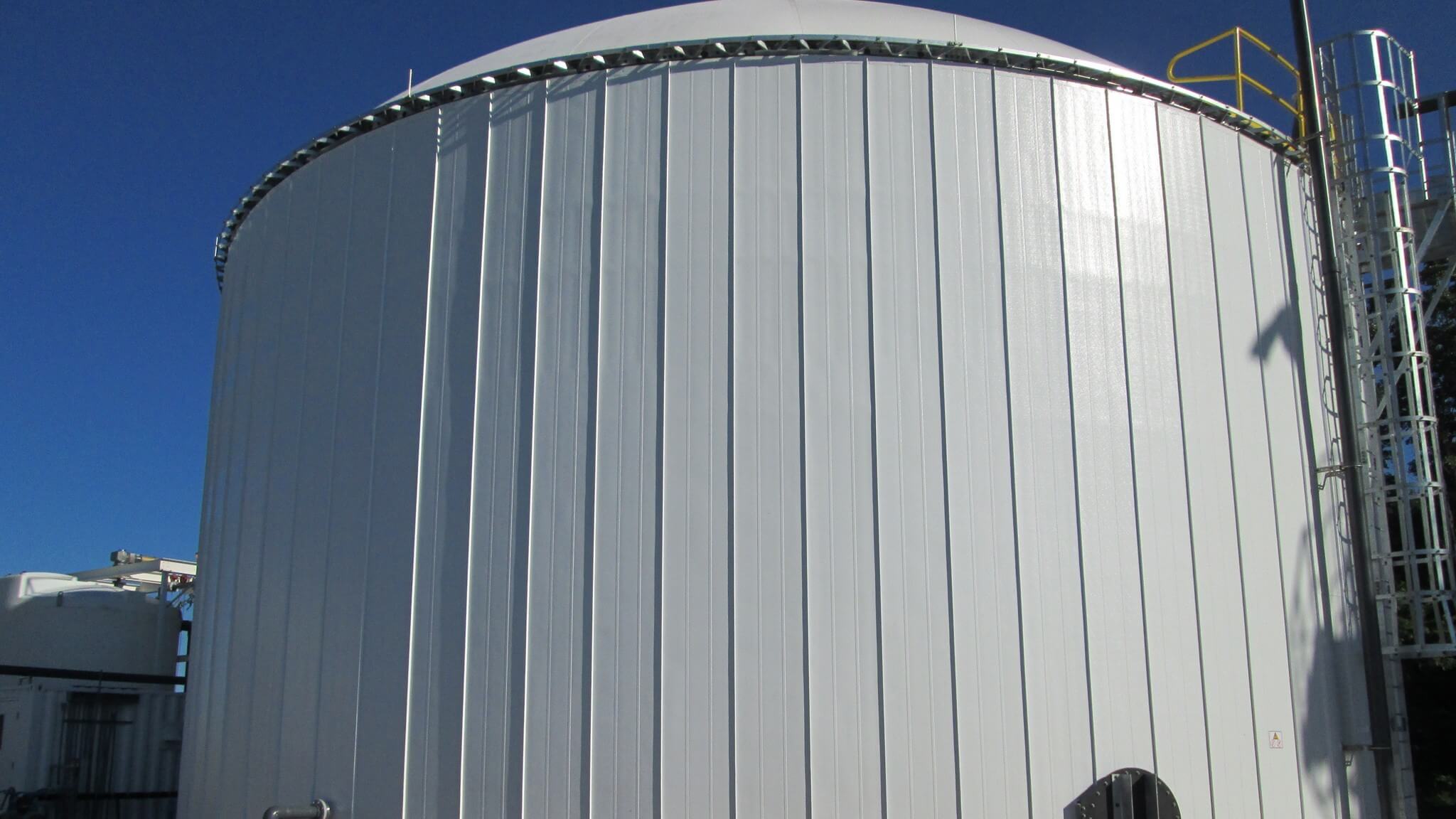After years of painting, applying spray foam insulation, and installing conventional tank insulation, MC&I owner Bob Mayes could see that vertical laminated insulation panels were the future for the tank industry.
With the benefit of hindsight, he saw first-hand the many maintenance and durability headaches associated with insulating outdoor storage tanks with foam and conventional insulation.
Spray foam insulation must be monitored continually
Not just for damage, from weather, birds, and pests – but also for evidence of CUI (corrosion under insulation.) The foam insulation systems require continuous maintenance in the form of repainting and repairs of pits and holes.
Conventional insulation with its exterior fastening system suffers
From weathering and leaking at its exposed external fasteners, water and ice inevitably make their way through screw connections and seams. If the external tensioning bands aren’t checked for loosening from expansion, contraction and wind, broken seals introduce a path for moisture to penetrate the insulation system.
Over time, many conventional tank insulation systems buckle.
If mineral wool insulation is used, water infiltration at the buckled areas is wicked up and causes the insulation to sag and lose its insulative properties. The vertical weight of the panels inevitably fails.
These often-specified systems are good for the insulation business, but bad for the end user.
Bob didn’t want to associate his name or reputation with systems that repeatedly disappoint the end-users.
He decided to manufacture vertical standing seam insulation panels in which:
- All structural connections are internal and protected from weather by a double-fold standing seam – meaning that the seam is folded ‘twice’ to ensure a strong water-tight connection.
- A non-wicking rigid polyisocyanurate insulation is used (unless required otherwise by extreme temperatures). This hydrophobic insulation has proven the best balance between high thermal protection, low water absorption, and panel strength. If the panels are ever damaged physically and moisture does find its way in, it simply works its way to the bottom of the panel and out of the system.
- Even if deluged with water, the polyiso recovers 98% of its insulative properties as soon as the water recedes. Once it’s dry, it recovers the full 100%.
- The design creates massive savings during installation.
Panels are manufactured to a length that matches the height of the tank*. Instead of using costly scaffolding, each panel is usually installed with a single man-lift and two to three laborers. (*Panel length is limited to a maximum of 48ft. due to transportation restrictions. For taller tanks, panels are staggered at the 48ft and 80ft levels.) - The system lifespan is measured in decades. The RIDGLOK® system is expected to last 25 years or MORE.
- Minimal maintenance is required. When the polyisocyanurate insulation is used, maintenance amounts to occasionally checking and caulking penetrations of the system (like stair mounting angles and around manways).
MC&I continued to improve the system
Finding easier and faster techniques for installation that produced greater reliability and required fewer tools.
Then he introduced a training service at the manufacturing facility, so owners and contractors could visit and benefit from his insights on how to properly apply the system safely and efficiently. Although subcontractors are sometimes wary of doing their first install, they are thrilled with the process thereafter.
Although the system seems as close to perfect as possible, MC&I continually seeks out ways to make the product more economical while improving quality and consistency.






